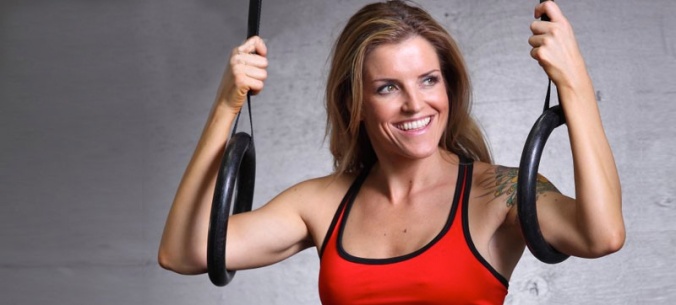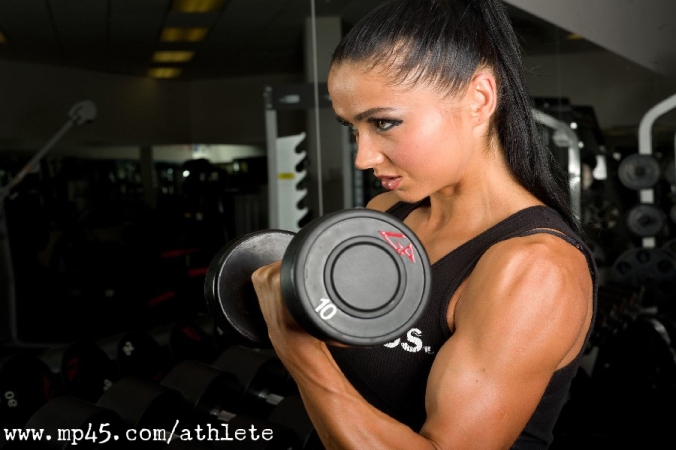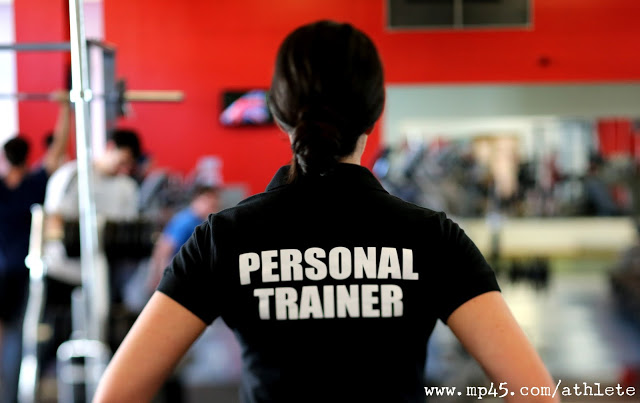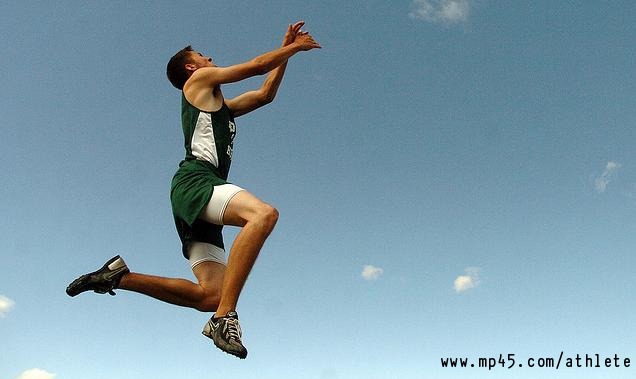For athletes regardless of the nature of sports they do, strong muscles are needed. If you are not an athlete but you want to build muscles and be shredded like an athlete, you know that you need full body exercises, isolation exercises, cardio exercise, abs exercises, strength training exercises, resistance training exercises…name them!
In short, every sort of exercises out there is recommended to the athletes and you may get confused as to really that which should be included in the athletic training workouts. To ensure that you realize your desired gaols faster, you should focus on the exercises which need coordination, speed, power, stability and strength in order to ensure you quickly build athletic muscle slabs to your body.
Here below are some three important exercises you need to include in the athletic training exercises.
1. Sprint:
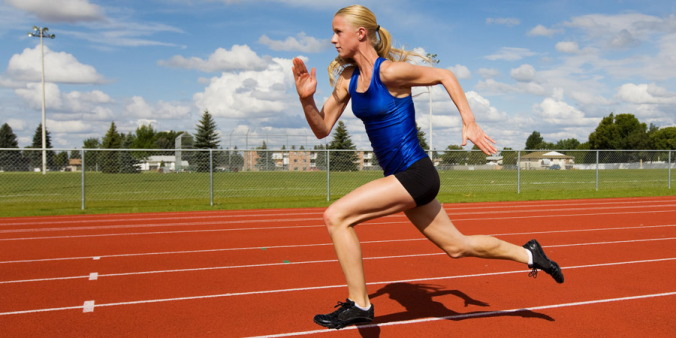
In athletes, speed is very important and sprints help improve it. In addition to improving strength, speed and power, it also helps shred the body fats, improve the overall body condition and build muscles. For maximum effectiveness, do sprinting which needs high velocity contraction of the muscles in order to generate rapid force and propel your body forward.
Note that jogging is not a substitute for sprints in athletic training. Sprints alone can even cause the body to stimulate testosterone and HgH hormones. They can also help the body repair the damage to the muscles after the workouts. To reduce the risk of injuries, get training from an expert on how to sprint properly if you want to get athlete body.
2. Power clean:

This is one of the best exercises to become a stronger athlete. Because of its explosive triple extension of your ankles, knees and hips, it helps improve the power performance in explosive, coordinated pattern. This movement is very important as it stimulates the extension in the sprints and jumps. No single sport in this world cannot be improved through this exercise technique. Beginners can start with Hackey Pull, an exercises which offers powerful expression of the hips. To the muscle builders, the power clean works on the forearms, deltoids, traps, spinal erectors, glutes, hamstrings, quads, calves and all the core muscles which are used for stabilizing the spine and in the transfer of power during the movement.
3. Cardio and Strength Training:

These are very important for those who need to get an athletic body. Scientific studies have found that in athletic training and when fighting off fats is one of your goals, both anaerobic workouts and resistance exercises are very important. When the body gains muscles, it causes a rise of the body metabolic rate, and this helps burn fats faster. Independent studies and research also show that doing both cardio and strength exercises offers more benefits than doing each of these exercises alone.
